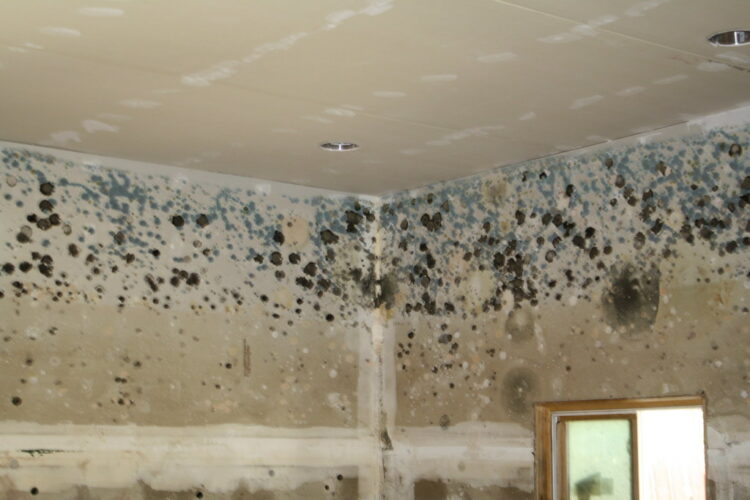
Mold is a silent invader that can infest your home without you even realizing it. While it often grows out of sight, such as behind walls or under floors, its presence can have severe consequences for both your health and the structural integrity of your home. So, here are 15 sneaky signs that mold may be lurking in your home!
Musty Odors
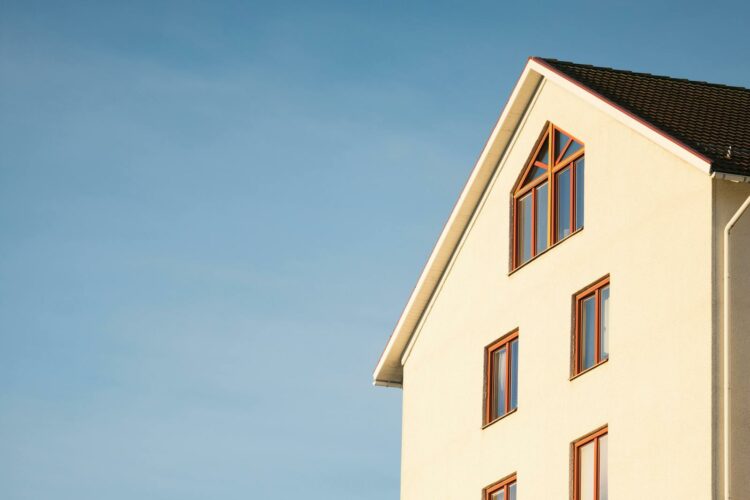
A persistent musty smell is often one of the first signs of hidden mold. Mold produces volatile organic compounds (VOCs), which give off this distinct, earthy scent. Even if you regularly clean your home, the musty odor lingers if mold is growing in hidden areas like inside walls, under flooring, or in attics. You may notice the smell is stronger in specific rooms or near basements, attics, or crawl spaces where mold commonly grows.
Water Stains
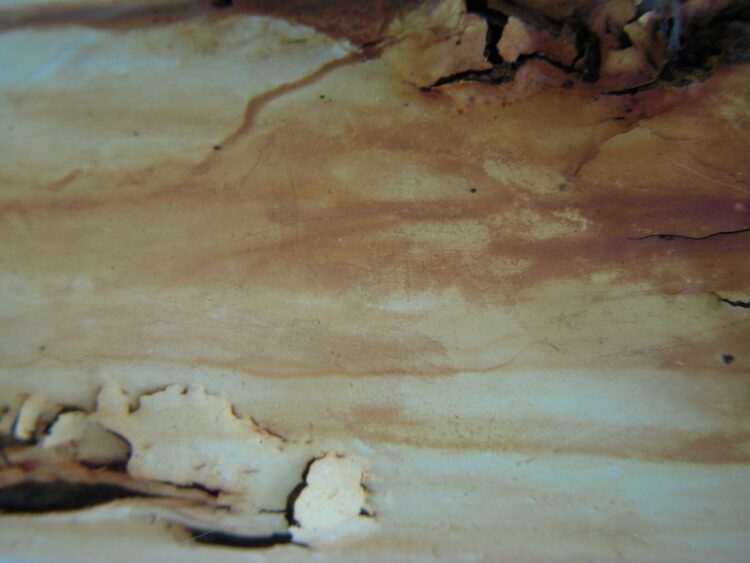
Water stains on your walls or ceilings aren’t just an aesthetic issue—they can signal underlying water damage, encouraging mold growth. These stains can result from roof leaks, plumbing issues, or condensation. Often, mold starts growing before you notice the water stain, and by the time the stain appears, the mold may already be spreading behind the surface.
Peeling or Bubbling Paint

If you see your paint peeling, bubbling, or blistering, this is often a sign of moisture trapped behind the walls. Mold thrives in damp environments, and as it grows, it can cause the paint to lift. It is especially common in bathrooms, kitchens, and basements where humidity levels are higher. Bubbling or cracked paint may also be an indicator that mold is growing directly beneath the surface.
Warped Walls or Flooring
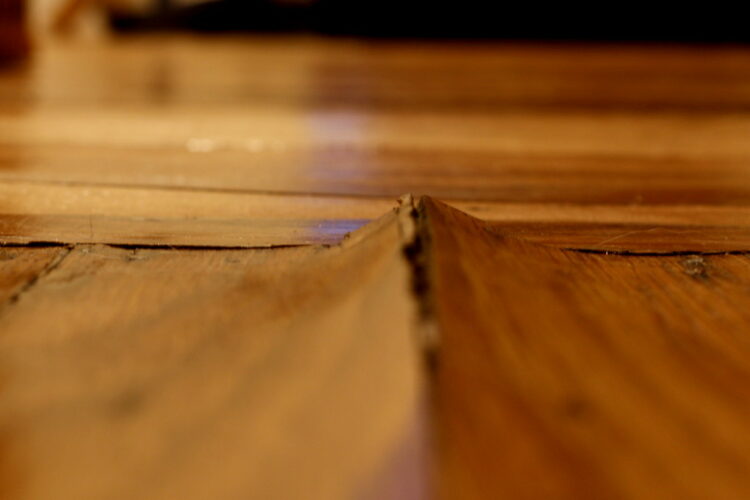
Moisture absorption can cause drywall and wooden flooring to swell, warp, or become soft. Over time, this weakens the structural integrity of your home. If you notice walls that feel soft to the touch or floors that sag or ripple, water damage may have occurred, creating an ideal environment for mold to grow behind the surface.
Allergy Symptoms Indoors
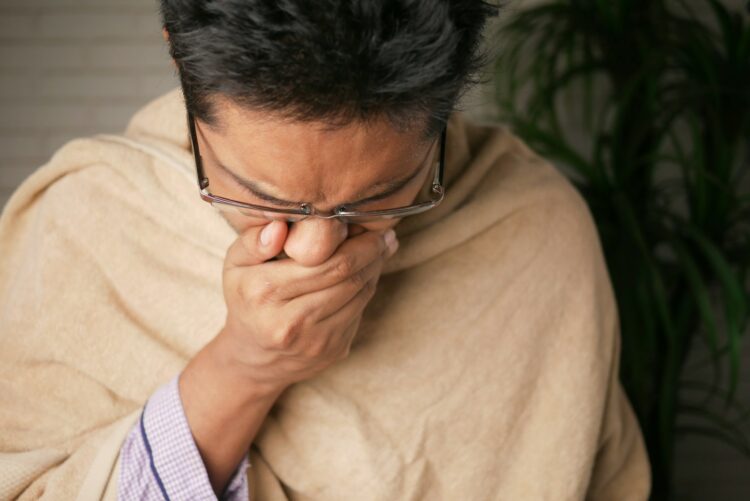
Mold spores can trigger allergy symptoms, and you may notice that sneezing, coughing, or itchy eyes get worse when you’re inside your home and improve when you’re outside. Mold allergies are common, and many people mistake these symptoms for seasonal allergies or a cold. So, if your symptoms are persistent and flare up specifically indoors, it’s likely mold is present in your living environment.
Chronic Cough or Breathing Problems

Long-term exposure to mold can irritate the respiratory system, especially in people with asthma or preexisting conditions. Mold spores, when inhaled, can trigger coughing fits, wheezing, and shortness of breath. Prolonged exposure can also cause serious respiratory conditions, such as mold-induced asthma or allergic bronchopulmonary aspergillosis, particularly for those who are immunocompromised.
Discolored Grout or Caulk
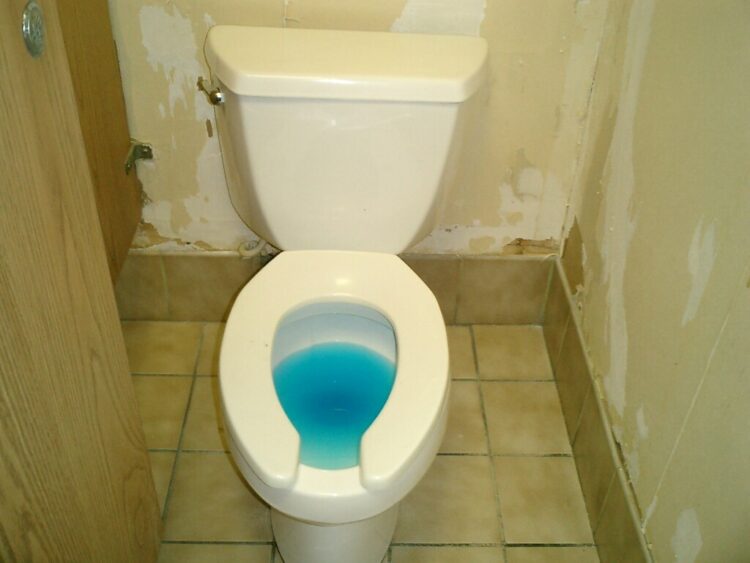
Bathrooms are prime areas for mold because of constant moisture and warmth. Dark spots in grout or caulk, particularly in showers or around sinks, often indicate mold. These spots are usually black or greenish in color and can quickly spread if not properly cleaned. Since grout and caulk are porous materials, mold can penetrate deeply, making it difficult to remove without professional help.
Condensation on Windows
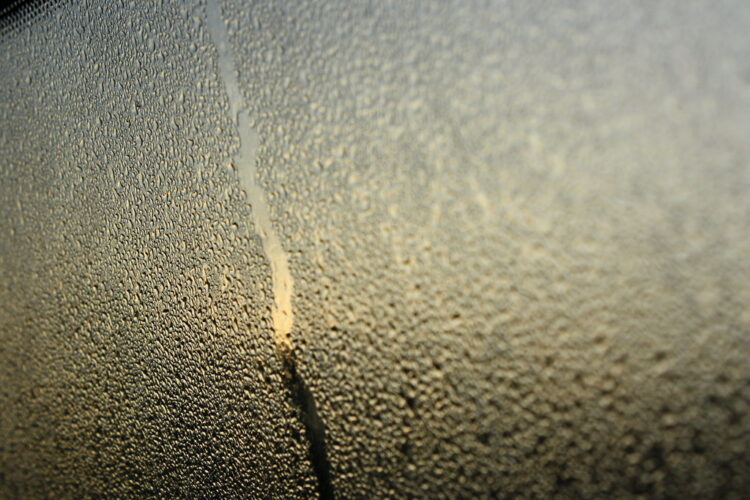
If you often notice condensation on your windows, it’s a sign that your home has too much moisture in the air. High humidity levels create a breeding ground for mold, which can begin to grow on windowsills, frames, or nearby walls. Regular condensation might mean that you need to improve ventilation in your home, such as installing exhaust fans or using dehumidifiers to reduce moisture buildup.
Visible Mold Spots
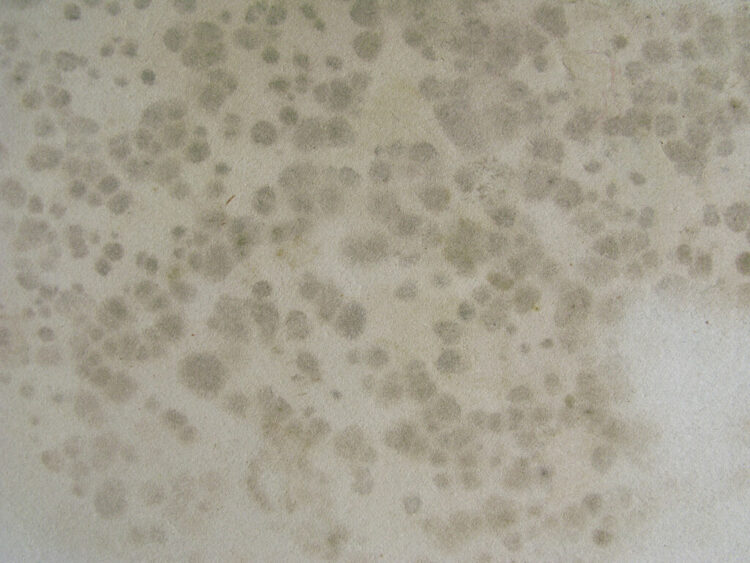
If you see mold growing on surfaces, even small spots, it’s a sure sign that it’s time to take action. Mold typically appears as black, green, or white patches and can grow on walls, ceilings, fabric, and wood. These spots may look like dirt, but they can quickly spread. Cleaning mold on the surface without addressing the underlying moisture problem can temporarily remove the mold, but it will likely return.
Humidity Problems
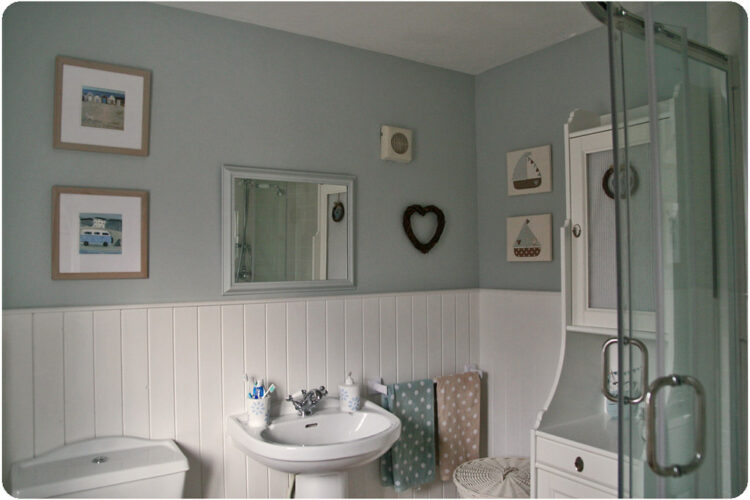
Mold likes environments where humidity levels are consistently above 60%. Rooms that feel unusually damp or humid, especially basements, bathrooms, and kitchens, are at high risk for mold growth. Using a hygrometer to measure the humidity levels in your home can help you identify if moisture control solutions, such as dehumidifiers or better ventilation, are needed to prevent mold.
Persistent Cold-Like Symptoms

Mold exposure can cause health issues that mimic cold or flu symptoms, like nasal congestion, headaches, and fatigue. If you find that these symptoms persist for weeks or months and are particularly bad at home, mold could be the cause. People who have been exposed to mold for long periods may also experience brain fog, difficulty concentrating, and other cognitive effects.
Damp or Mildewed Furniture
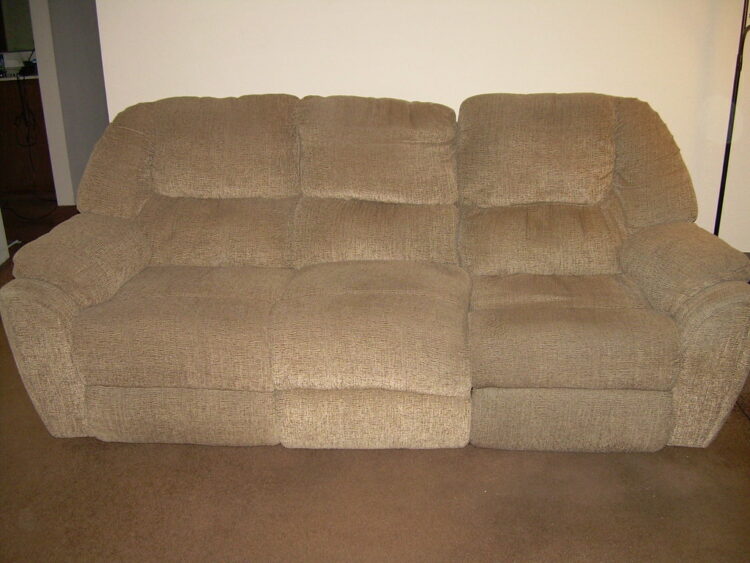
Mold doesn’t just grow on walls and floors—it can also develop on fabrics and furniture. If you notice that upholstered furniture feels damp or has a mildew smell, mold may be growing in the fabric or cushions. Even items like curtains, carpets, and cushions can harbor mold if they’re in a humid or wet environment for too long, particularly after a leak or flood.
Leaks or Flooding History
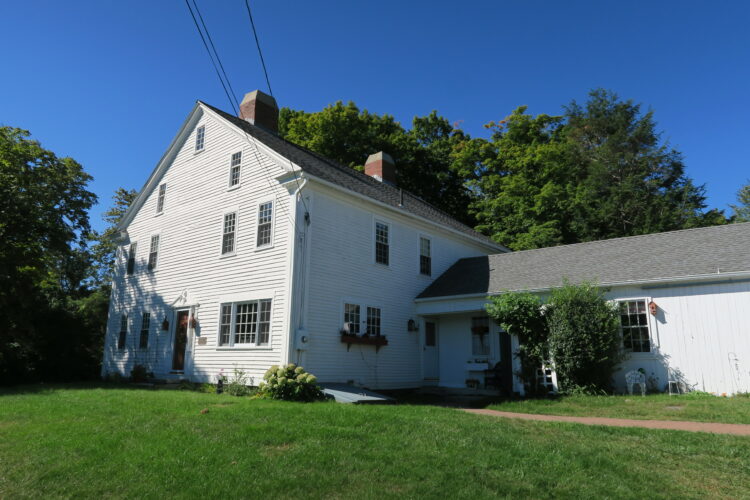
If your home has experienced leaks, flooding, or burst pipes in the past, there’s a good chance that mold could be growing in areas where the water reached. After any water damage, mold can begin growing within 24 to 48 hours, especially in places like basements, attics, or behind walls. Even if the leak or flood was addressed, residual moisture may have been trapped inside materials, allowing mold to develop later.
Dark Spots on Ventilation Ducts
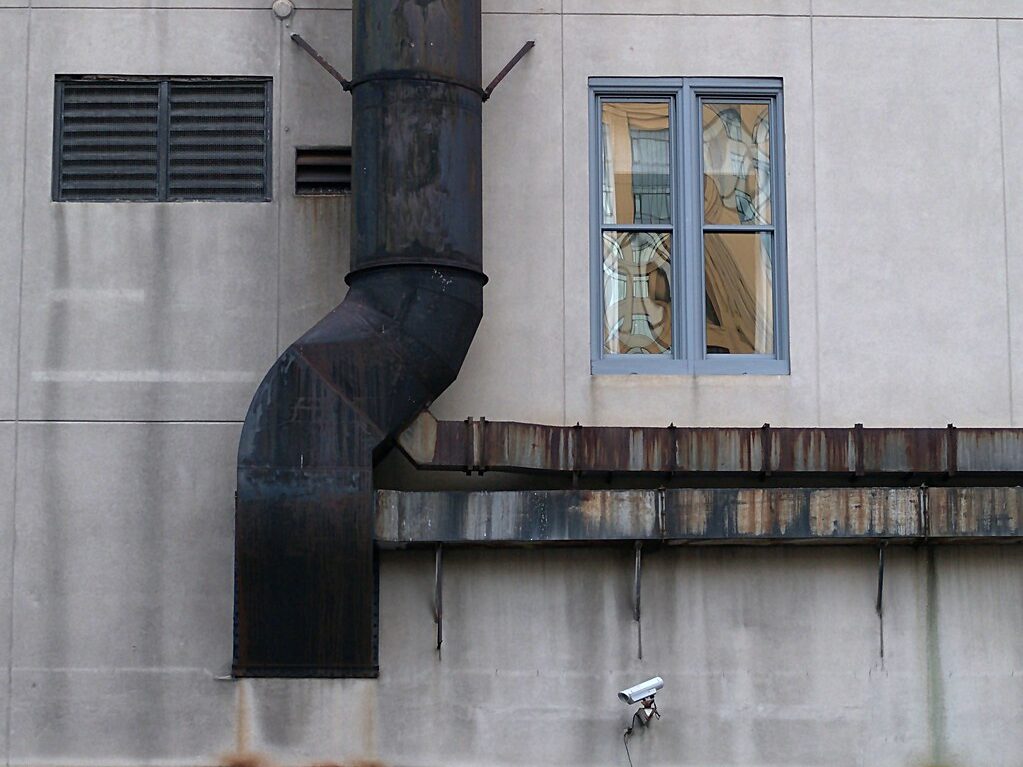
Mold spores can spread through HVAC systems, contaminating your entire home. Dark spots on air vents, ducts, or filters are often signs of mold growth. If mold develops in your ventilation system, it can circulate spores throughout your home, exacerbating respiratory issues and potentially contaminating every room. Cleaning air ducts and replacing filters regularly can help reduce the risk of mold spreading through your system.
Increased Dust Accumulation

Excessive dust can sometimes indicate mold growth, especially if the dust seems to accumulate faster than usual. Mold spores, when airborne, can combine with dust particles and settle on surfaces like windowsills, countertops, or furniture. If you’re noticing more dust in areas that are typically damp or prone to moisture, mold could be contributing to the problem.

